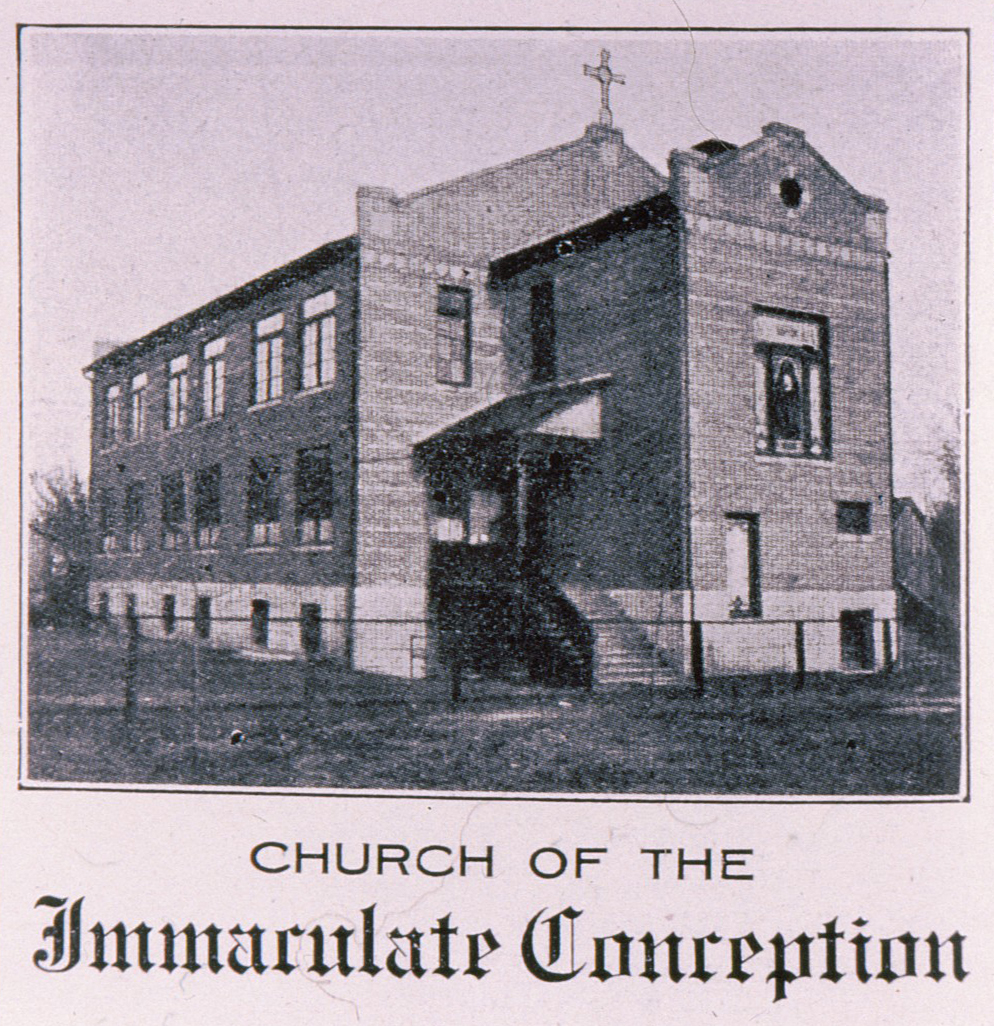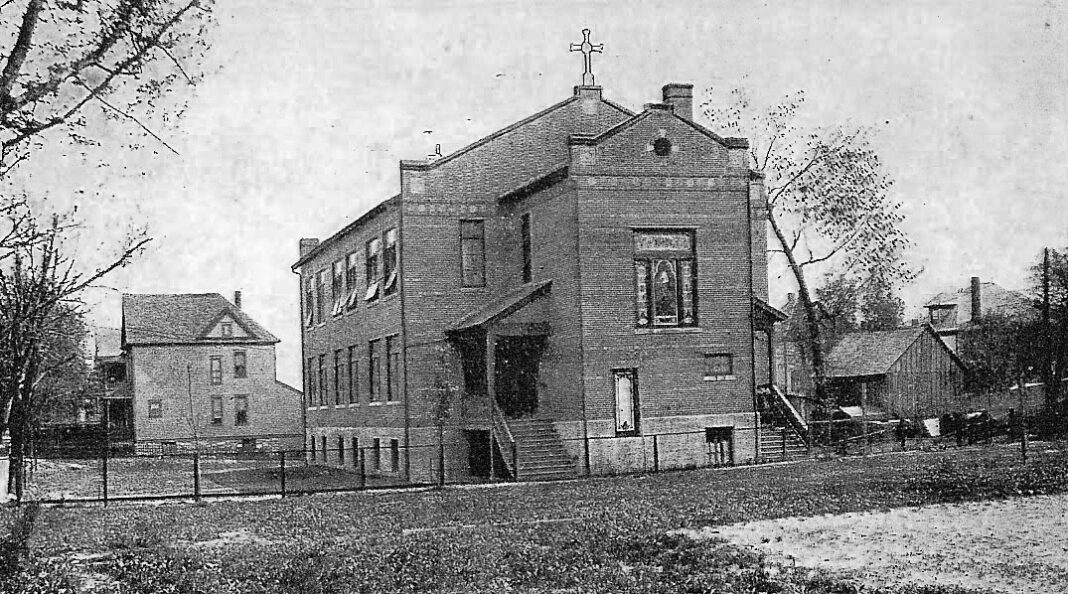Let me begin this one with a little personal history. I initiated a community history book project about 2005 while I was a member of the Maplewood Historical Society which I had helped form. I resigned from that organization at the end of June in 2006. It disappeared shortly thereafter.
In 2007, I got a call from Carol Klein, director of our Chamber of Commerce and a member of the Maplewood Community Betterment Foundation. (Some of the members of the C of C and the MCBF wear both hats.) She had learned that I had begun a history book project and wondered if I would like to join forces with them. I had and would.
I had never really considered myself as someone who could write a decent paragraph, much less a book. Except for photography, which I’ve been interested in since the early 1980s, I’m a 3D guy. I still work with my hands as much as I can. I rarely turn the computer on until after 10:30 PM.
Around the end of 2005, I bought my wife a small digital camera. I was so taken with it that I never picked up my Nikon film camera again. Her new camera had a photo editing program called Arcsoft that came with it. Because of my experience with that, I signed up for the 2006 fall semester of Photoshop at Meramec and then the 2007 spring semester, same place, same course. Those were great, by the way. I have reestablished contact with the well known photographer John Nagel who taught my second semester. He is without a doubt one of the best instructors I’ve ever had.
So anyhow, all of this so you can understand how I came to learn Photoshop. If I hadn’t learned it, I would not have been able to make our first history book. Back then, if you wanted to own the Photoshop program you had to buy the discs. Included in the package was the Adobe publishing program Indesign. That was the tool I needed.
At some point during my effort to put the book together, I had a phone conversation with Father Faherty. I don’t remember why. I was struggling with the book having never done anything remotely like that before. I really had no idea if I’d be able to accomplish it. I remember telling him that. He encouraged me.
He also told me that he had attended the Immaculate Conception church in Maplewood in the 1920s. I’m fairly certain that he said he had been in the Maplewood Boy Scout troop as well.
The last employee of the archdiocese at the IC campus in Maplewood told me all of the parish records had been removed to the Cardinal Rigali Center on Laclede Station Road. I would like to find evidence that William Barnaby Faherty attended church or school or both in the historic building that we are trying to save. He was one of the most important historians of St. Louis. His 50+ books cover a wide range of subjects. I think his celebrity would definitely help our cause.
I found several Fahertys listed in our 1912 Maplewood Directory but none of them are his father, William. He was born in 1914. He would have been 11 years old when the big church was constructed. Provided the family stayed put, he must have gone to church and school in our threatened historic building.
I got some names from one of his obituaries. John Waide, an SLU archivist, Mark Scott Abeln, a photographer, Edward Cody, a long time friend, and Sheila Harris , a niece. If you know or have contact information for any of these folks, I’d greatly appreciate it.
I’m going to attach a few links to some of the obituaries about Father Faherty.
Doug Houser May 15, 2024



Doug, Would not the school been built after the church? If the Father was 11 when the church was built, did he not, perhaps go to the public school in Maplewood first? OR his family moved here after the church and perhaps the school was built? So perhaps census records would be later than 1912 to find the family in Maplewood? If I understand the sequence here correctly.
The scout troop may be a key to timing as well. The original/first Maplewood Boy Scout troop was the one my brothers were in. It was Troop #85 in Maplewood at Sutton School. I don’t think it was established here in the 1920s even and then only older boys could be a scout (Cub Scouts started in 1930. …BSA was founded on the east coast in 1910 but charted by US Congress in 1916. Hugely popular under Theodore Roosevelt in the 1930s.) The scout troop here, now, was originally the one that was only in Richmond Heights and founded later. It is Troop #362. These troops at that time only met at the public grade schools in the 30s?, 40s and 50s, Troop #85, but up to fairly recently (60s or 70s?) including #362. Now, the only Troop is #362 and now meets at the Methodist church, I believe. (Or at least they make breakfast for us on Boy Scout Sunday each year now because they do.) …Local past Scouting knowledge is best gleaned from Skip Watkins or Marty Corchran among others, I’m sure.
Note that the Methodist church was built where it is today at about the same time as Immaculate Conception.They had been meeting in borrowed spaces and a tent here before that.
As always, I love reading about all you bring to us! Thank you! Pickett
Hi Pickett, Father Faherty told me in the only conversation that I ever had with him that he had been in the Boy Scouts at Immaculate Conception in the 1920s. I must have assumed that he was also a member of the congregation there. I know now that was wrong. He was almost certainly a member of the parish of the Epiphany of our Lord church on Ivanhoe where he was baptized. I will post more on this later. Thanks so much for the wealth of information you have included in your comment.
I suggest you contact Monsignor Michael Witt at Kenrick Glennon Seminary. Monsignor is an excellent historian himself and is, in many ways, Father Faherty’s successor when it comes to local Catholic history. Monsignor Witt knew Father Faherty well and, as a professional historian himself, can refer you to fruitful sources for research. In addition Monsignor is a friendly guy who would, I am certain, welcome your inquiry.
Much thanks for this information, Bill. I hope to do just what you suggest.
I will do, Tom. Thanks.
Hi, I am Fr. Fahertys niece. Please reach out to my email below.
Hi Katie, I’m not seeing your email address. You can contact me at dkhouser@gmail.com.
Try Contacting the Archives at the Rigali Center.